Understanding social media metrics is an integral part of a successful marketing campaign. Advertisers are constantly looking for ways to reach their target audience and get their message across. But it can be overwhelming to decide which is more important when it comes to reach vs. impressions.
Reach and impressions are some of the most commonly used metrics to measure the success of a marketing campaign. In this article, I’ll discuss what they are, the importance of each metric, and how you can use them to evaluate the success of your campaigns.
What is Reach?
Reach is used in social media and advertising to refer to the number of unique users who have been exposed to an ad or post.
This includes users who saw it, listened to it, or engaged with it. Reach is an important metric because it serves as an indicator of the effectiveness of a post or ad campaign.
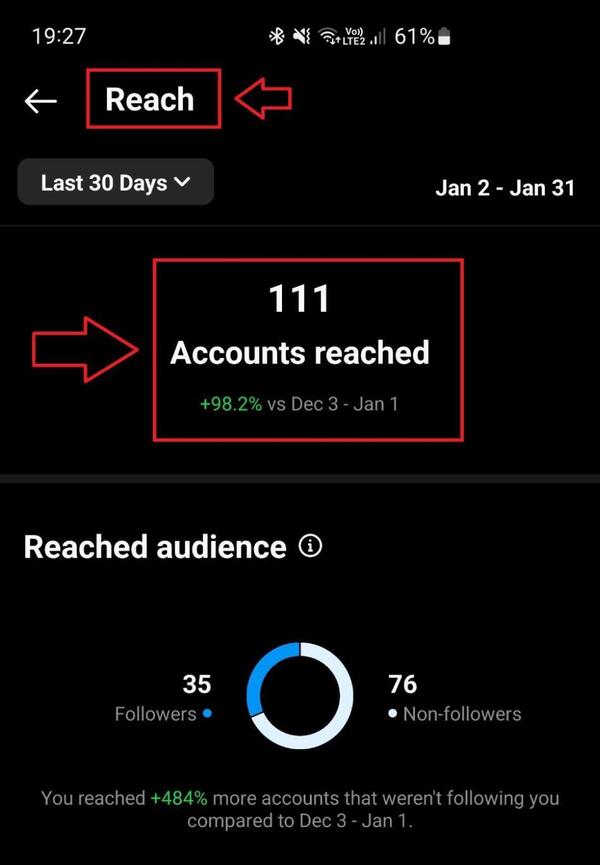
You can measure your reach in many different ways, depending on what sort of media you are using. The example above comes from an Instagram account. In this instance, there were only 2 posts created throughout January and had reached 111 accounts.
This means, the two posts were seen, and possibly engaged with, by 111 other users.
Reach allows you to gather more information about your users, including their age, gender, and location.
What are Impressions?
Impressions are the number of times a post, or advertisement, is loaded and displayed. It might sound similar to reach, but the key difference is that impressions are counted each time a post or ad is loaded on a webpage and seen by a user.
This means a post can be counted as an impression multiple times from the same user. This usually happens when a post appears on a user's timeline, and is then shared by someone and appears on their timeline again.
Most of the time, impressions are higher than reach.
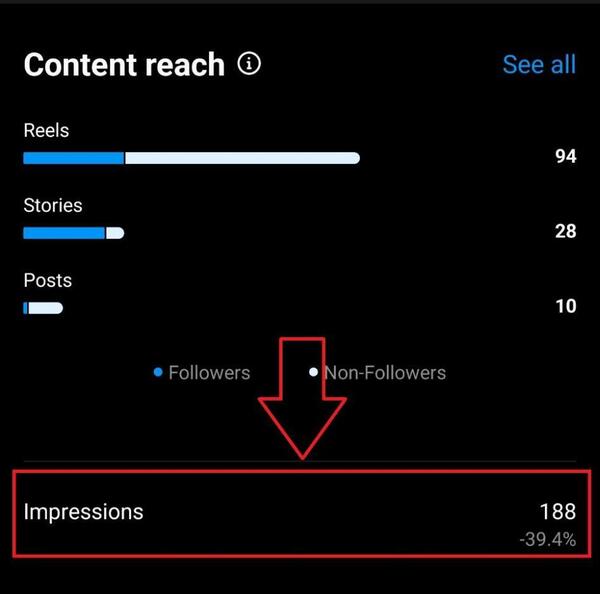
Using the same example as reach, we can see the account had 188 impressions that month from the same two posts with a reach of 111.
That means the two posts ended up on 188 feeds, whether it was 188 unique users, or appearing multiple times on a person's feed.
What you’ll also notice is while the impression percentage for that month is down by 39.4%, the reach is up by 98.2%. This can be attributed to many factors, such as the actual engagement rate of the posts, how many times the posts were shared, and even the hashtags used.
Impressions are usually an indicator of the visibility of a campaign, helping marketing teams determine whether a campaign was successful or not.
What’s the Difference Between Reach and Impressions?
Reach is the number of unique individuals who have viewed your content, whereas impressions are a measure of the number of times your content has been viewed, regardless of the number of unique individuals who have seen it.
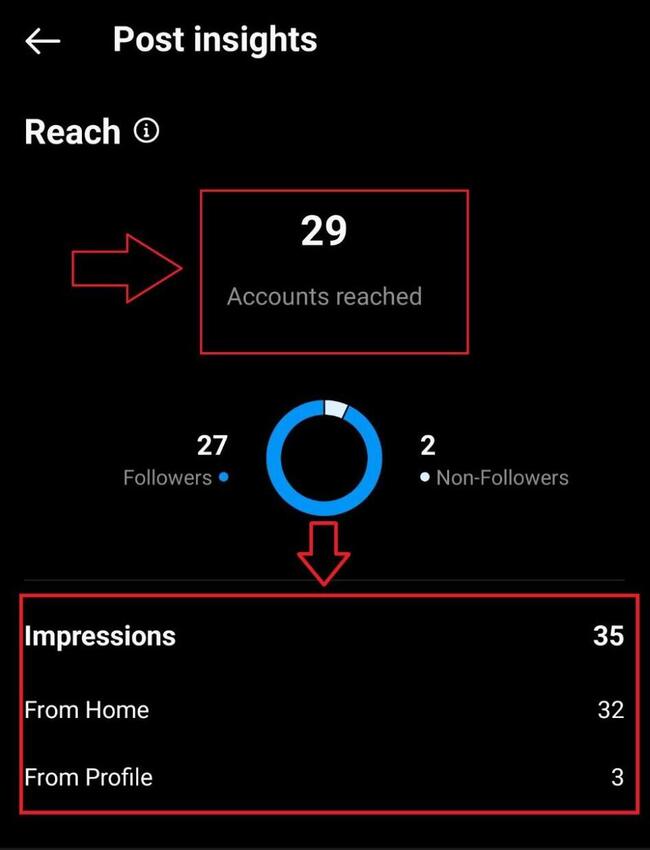
It means that reach counts a unique user only once, no matter how many times they view a post. Impressions count every time a post is loaded on a page, regardless of the user.
The easiest way to understand the difference is to think about your social media feed that you scroll through every day.
When you scroll through your feed, you see hundreds of different posts, photos, and videos. Sometimes, you might come across the same post twice, whether it was shared by one of your friends, or a paid ad that loaded twice on your feed.
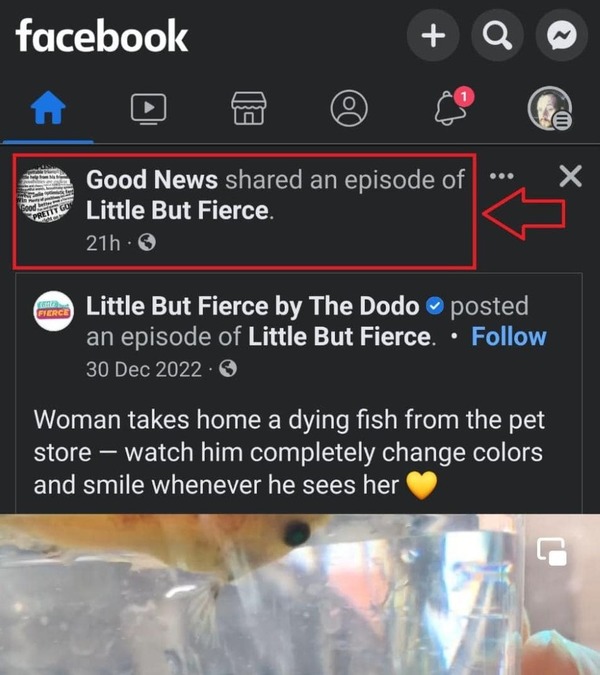
When you see that post a second time, it does not count again as one more reach, since you’ve already seen it, and possibly engaged with it once. What it does count for is another impression.
Which is More Important? Reach or Impressions
Both reach and impressions play an important role in the success of digital marketing campaigns. To understand the importance they have within your marketing campaign, you must understand the differences between them.
Reach is calculated by taking the number of impressions, and dividing it by frequency (impressions/unique users).
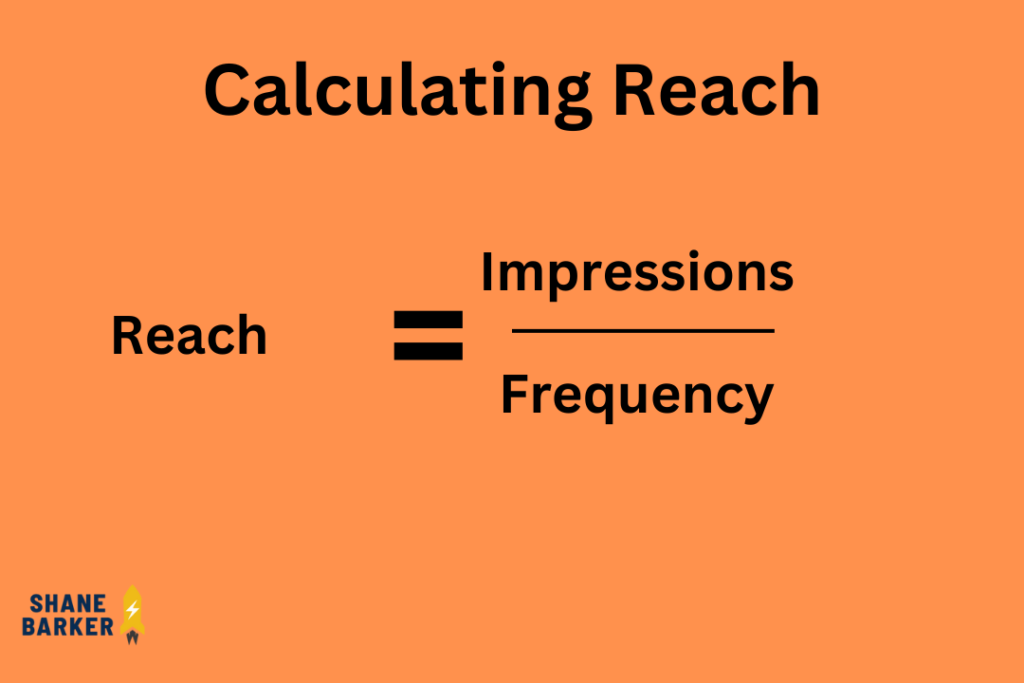
Impression can easily be calculated with this formula: cost / CPM x 1000.
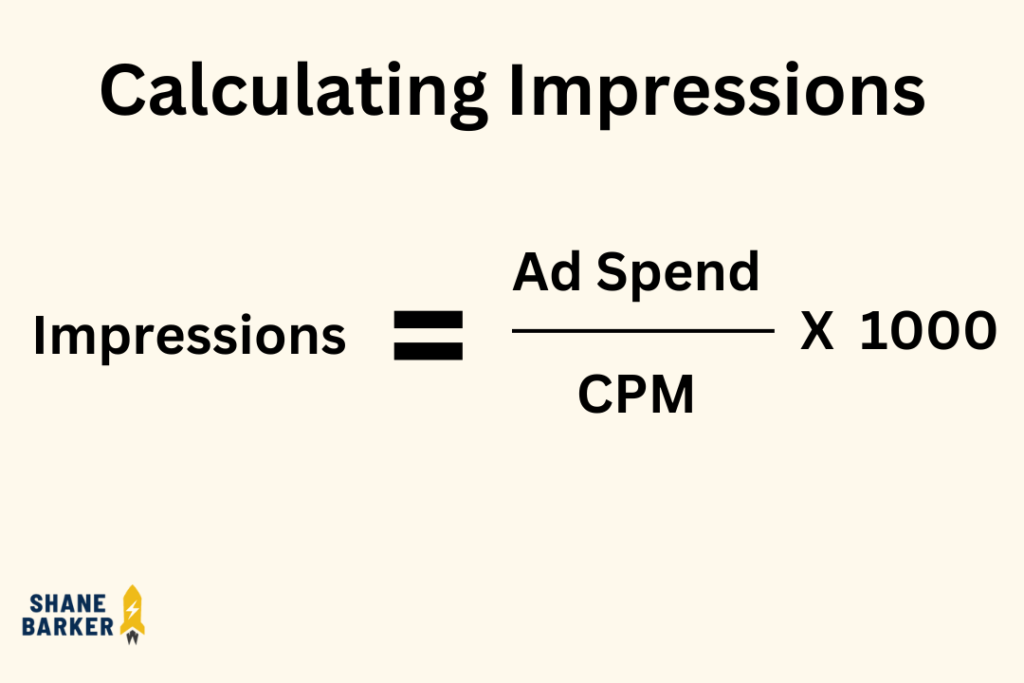
For this formula, CPM stands for cost per mile, or cost per 1000 impressions. Simply divide the cost of your ad campaign by the CPM and multiply it by 1000 to get your impression rate.
There are also online calculators, that can help if you get stuck.
Both metrics offer a different perspective on how your audience is engaging with the content you’re creating.
Reach offers insights into the exact number of unique users that see your content, which helps you understand the potential impact of your content and the number of people that had the opportunity to view and engage with the content.
Reach is usually considered the more important metric because it measures the potential impact of an ad or content, and the number of unique users it’s able to reach.
It’s also important to remember that reach offers insights about these unique users, which allows you to create content better suited for a specific demographic, which will increase the impression rate. Furthermore, it will also help build brand awareness, which in turn will help increase reach further.
Impressions are important to measure the effectiveness of the content. It’s a great way to find out what content is attracting an audience’s attention.
In conclusion, both metrics provide important insight into the effectiveness of a brand’s content and how it is impacting the target audience.
It is important for brands to understand the difference between reach and impressions and to use both metrics to measure the success of their digital marketing campaigns. By doing so, they can ensure that their content is reaching the right audience and is having the desired impact.
When to Focus on Reach
Reach is important when you’re trying to increase brand awareness and make an impact on a much larger audience. It’s especially important when launching new products and services, or trying to build a reputation as an industry leader.
In these instances, it’s more important to get the word out as much as possible, instead of trying to focus on higher engagement. This rings especially true if you’re starting a new brand, or launching a new product. The more people see, and talk about your brand, the more authority and recognition you’ll get.
Once you’ve got the word out to a large audience, you can focus on certain demographics that might yield higher conversion rates.
When to Focus on Impressions
Impressions are considered less important, but are still necessary because they are an indication of the performance of your campaign. It’s an indicator of whether your campaign reached its target audience, which is more likely to share and engage with the content.
It’s also important to focus on impressions regarding frequency.
In certain scenarios, you might want to have an ad appear more than once on a user's feed. Thus, focusing on having a high number of impressions, will more than likely increase the chances of an ad appearing more than once on a user’s feed.
Reach vs. Impressions on Social Media
With over 4.7 billion people using social media, you can not deny the impact a great social media marketing campaign can have on a business’s success.
Keeping track of your impressions and reach on social media is part of a successful social media campaign, here’s how both metrics are measured on different social media platforms.
Reach vs. Impressions on Facebook
According to Facebook Business; reach means “the number of people who saw your adverts at least once.”
Keep in mind that Facebook calculates reach using sampled data.
Reach on Facebook is divided into three categories:
- Organic: Organic reach shows the number of unique people who came across your content in their News Feed without advertising.
- Paid: Paid reach refers to the number of unique users who came across paid content. It includes Facebook ads. Paid reach is affected by factors like your budget, audience targeting, and the total bid.
- Viral: Viral reach refers to the number of unique users who came across your content through their friends’ activity. This includes liking, sharing, or commenting on the post.
Facebook also makes a clear distinction between reach and impressions.
Facebook defines impressions as “the number of times an instance of an ad is on-screen for the first time.”
If a user scrolls down when an ad is displayed, and then scrolls up again, that counts as just one impression.
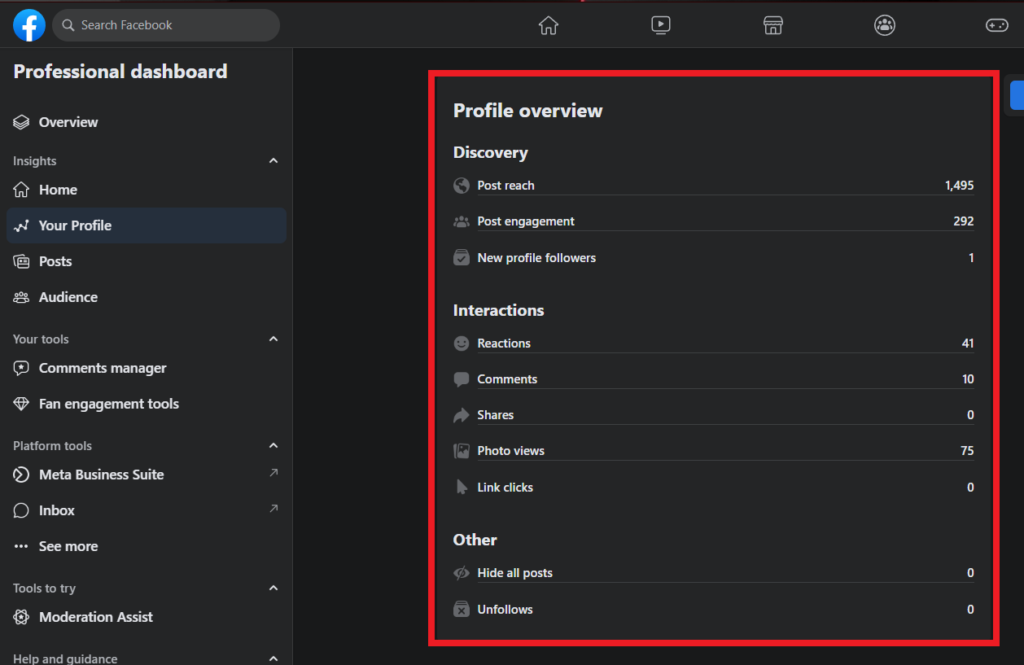
The only way Facebook counts two impressions for the same ad is if the ad is displayed twice on a user’s screen.
It may or may not be on the same day, but it’s necessary for the ad to be displayed twice.
Reach vs Impressions on Twitter
On Twitter, the reach vs impression dilemma doesn’t really exist.
That’s because reach isn’t a trackable metric on Twitter. So, there is no scope for confusion.
Twitter creates an impression whenever a user sees a tweet that you posted — either in their search results, news feed, or any other conversation.
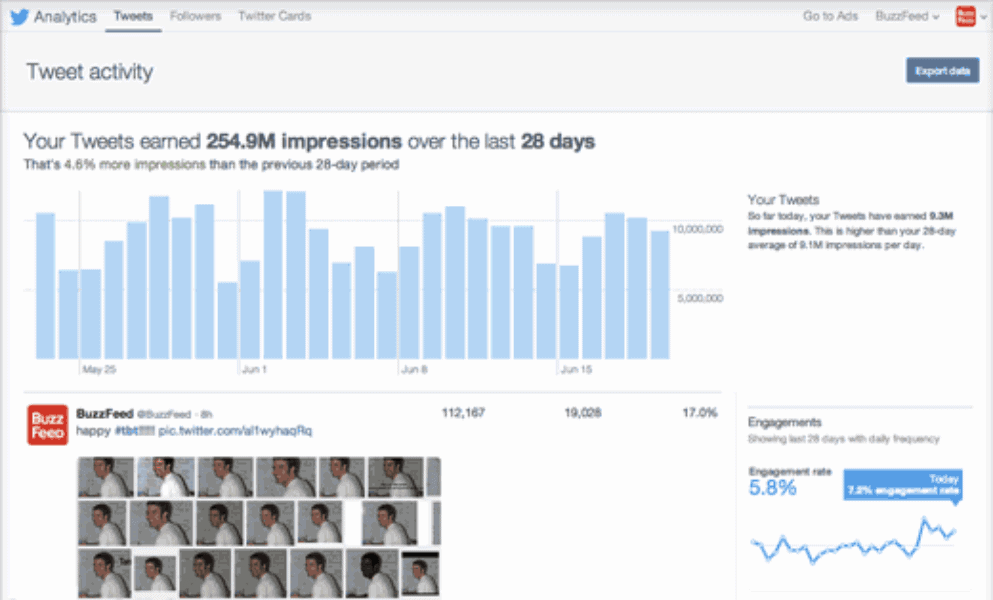
Say, you have 100 Twitter followers.
If all of your followers see your tweets, you will get 100 impressions. Now, let’s say you want to take the conversation forward.
So, you reply to the original tweet with another tweet to keep the thread going. This will give you an additional 200 impressions out of a total of 300 impressions.
Twitter’s impression count is peculiar.
If you want to make the most out of your Twitter marketing strategy, it’s important to understand how they count impressions.
Ultimately, the way you use Twitter will have a major impact on the number of impressions that you get.
Reach vs. Impressions on Other Platforms
Facebook and Twitter are the main platforms where the reach vs. impression debate is hot.
If you understand how these social media metrics are calculated, you’re almost done.
On other platforms, it’s easier to understand how reach and impressions work.
In this section, let’s take a look at how different platforms measure reach and impressions.
Instagram posts work similarly to Facebook posts, as they are owned by the same company, Meta. Meta’s Business Suite allows you to link your Facebook and Instagram accounts, granted they are creator or business accounts.
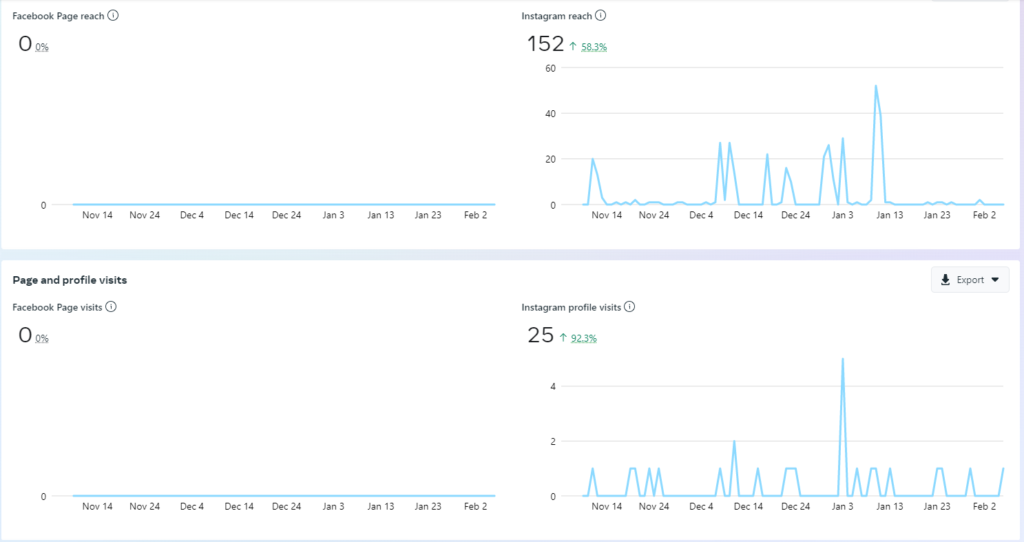
Impressions aren’t viewable, instead you can view engagement, reach, and likes.
Snapchat
For Snapchat marketing, the reach vs. impression dilemma takes a new name.
That’s because it calls impressions “story views.” Other than that, reach, and story views are measured in the same way.
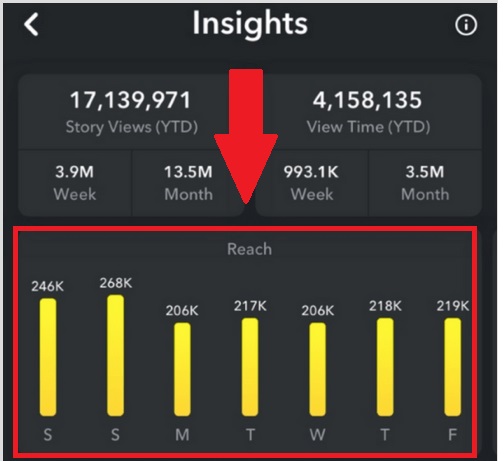
Google Analytics
Google Analytics is another platform that has given these terms new identities. For that reason, reach vs. impressions can be called “unique page views vs. page views.”
“Unique page views” tracks the total number of people who visit your website at least one time during a specific time frame.
“Page views” track the number of pages that have been viewed by all of your site’s visitors.
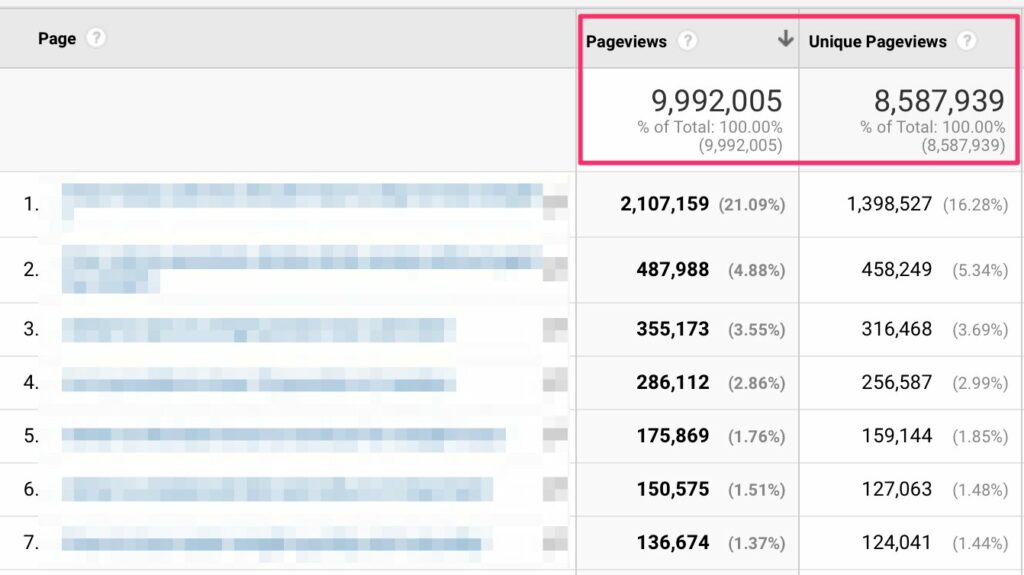
TikTok
To calculate reach, TikTok divides the number of videos posted by the total likes, divided by the total followers, and then multiplies that by 100.
Ad impressions are calculated through the number of times an ad has been displayed, divided by the total number of times a campaign was active.

How Reach and Impressions Can Benefit Your Marketing Strategy
Now that we’ve established what reach and impressions are, as well as the differences between them, it’s time to take a deeper look at how you can use these metrics to benefit your marketing efforts.
1. Impressions Help You Optimize Your Posts
When you track your impression rate for a specific post or advertisement, you can use that to help you optimize your next content to perform better.
High impression rates usually mean that your ads are ending up on many users' feeds, which means that the content is likely well-optimized. This includes creating great captions, using the correct hashtags, and creating content that gets shared a lot.
If you see that one ad is getting a lot more impressions than other ads, then you should see what you did differently, and try to replicate that in your next post.
2. Reach Offers Insights About Your Audience
Reach offers valuable insights about your audience since it tracks unique users. It’s able to provide you with details about their age, location, and possibly gender.
Tracking reach should allow you to see if you are reaching your target audience. From there, you can also use these insights to help you create content more suited to your target audience.
3. Tracking Impressions and Reach can Help You Strike a Balance in Your Marketing Campaigns.
Impressions will usually be higher than reach, but it is still a balancing act. Having too much, or too little of one can cause your marketing campaign to fail.
A high impression rate, with a very low reach, is a sign that your ad is ending up with only a few user’s feeds, but is being displayed over and over again to them. This could irritate these users, since most people don’t want to see the same ad repeatedly.
It’s an issue that can be fixed by widening your target audience, thus getting the advertisement on more feeds.
If you create a marketing campaign and have very few impressions, your content is most likely not well-optimized and isn’t getting picked up by the search engine’s algorithm. This could be due to using the wrong keywords, and hashtags, or creating content that is deemed “spammy”.
How to Expand Your Reach and Impressions
If you’re struggling to get more impressions or reach when it comes to your social media campaigns, there are a couple of tricks you can use to increase them.
Here are 5 ways to expand your reach and impressions.
1. Optimize Your Content and Marketing Campaigns
Optimizing your content for the platform you’re creating the social media campaign for is important. Whether you’re using Facebook, Instagram, TikTok, or Twitter, you’ll need to focus on a specific keyword, as well as use the right hashtags.
To do this, you can make use of keyword generator tools, as well as hashtag generators. Some excellent tools that can help you are:
Optimizing content for social media search engines will help you get more impressions.
2. Create Unique, Shareable Content
Unique content has a much higher chance of being shared on social media, which helps boost impressions and reach.
Unique content, especially infographics, is most valuable to marketers. It’s not just infographics, though. According to a study done by HubSpot, Twitter posts with images are retweeted 150% more than just text posts on Twitter.
With such a high retweet rate, you’ll quickly get your content on new user’s feeds, boosting your reach and impressions, not to mention retweets that end up on a unique user’s feed more than once, boosting your impression rate even more.
Here’s an excellent example of creating unique content that is shareable. This video that Marques Brownlee posted, testing the zoom of the new Samsung S23 Ultra, has been retweeted almost 20 thousand times.
3. Focus on Your Target Audience
Creating unique content is important, but it won’t help if it isn’t created for your target audience. Usually, when creating an ad campaign on social media, you’ll be able to target your audience. It can be by location, age, gender, or even by their recent internet history.
Content that is created with your target audience in mind will have a higher engagement rate. A higher engagement rate means better reach.
4. Work With Influencers
Collaborating with influencers is very effective to increase your reach. Influencers already have an established following, which you can leverage. Partnering with an influencer to promote your brand, will increase brand awareness by getting your content on the social media feeds of an influencer’s followers.
5. Pay-per-Click Ads
If you're still struggling to increase your impression rate and reach, you can resort to paying for ads. These ads can be found on most social media platforms like Facebook ads. Here, you can pay to have your ad appear on a target demographic’s feed. You can also boost pre-existing posts if you’d like.
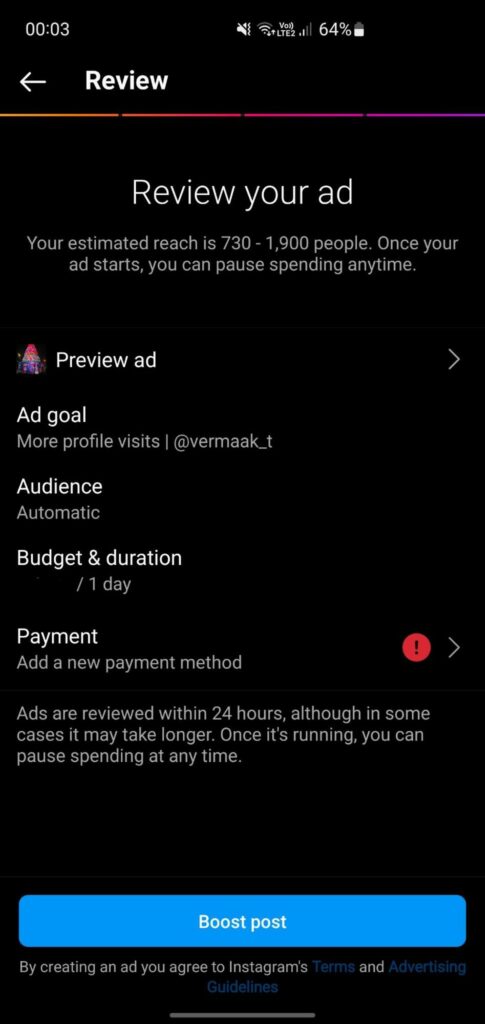
This will quickly increase your reach and impressions. You might see a bump in the post’s engagement rate
FAQs
Q1. Which is better—reach or impressions?
A. Both reach and impressions are important metrics that you should track to assess your performance on social media.
Reach is the number of users who actually see your content or engaged with it.
Impressions, on the other hand, show how often people were exposed to your content, regardless of whether they engaged with it or not.
Both of these are important for any business.
That’s why they are often used together as a reach-to-impressions ratio to get more performance insights.
Q2. Why are impressions higher than reach?
A. Impressions can count the same user multiple times, every time they were exposed to your content.
Reach, on the other hand, counts each user once and includes only those impressions where a user engaged with your content.
Therefore, reach is always a subset of impressions and will always be lower.
Q3. Can impressions be lower than reach?
A. No, all impressions that turn into engagement are counted as reach, but even if they don’t those will still be impressions. So, reach is a subset of impressions and cannot be higher.
Q4. Are impressions important?
A. Yes, impressions are important in analyzing how many times your content was shown to a relevant audience.
The higher your impressions, the more timely and relevant your content is.
It is comparable to video views on YouTube and we all know how important those are for boosting brand awareness and driving sales.
If you want to improve your content marketing strategy, you need to keep a close eye on impressions.
Q5. What is a good reach-to-impression ratio?
A. There is no hard and fast rule on what an ideal reach-to-impression ratio should be. However, the higher the ratio, the better it is for you.
Anything less than 0.2 is not good.
Q6. What is the most important Instagram metric?
A. While reach and impressions are both important, engagement rate is perhaps the most important metric on any Instagram post.
The more people engage with your content, the more likely Instagram is to show it to other users.
Which One Matters More is Up to You!
Reach vs. impressions has been a dilemma that most marketers face.
Both the terms are grouped together, so it’s difficult to put them in separate boxes. But if you look at them closely, you’ll see that reach and impressions measure different things.
That said, both reach, and impressions are crucial components of your social media strategy. Which one you want to give importance to will depend on your overall marketing goals.
I hope the explanations above provided you some clarity about reach vs. impressions and which one your business should focus on.
Do you have any questions about reach and impressions? Please share your thoughts and insights in the comments section.

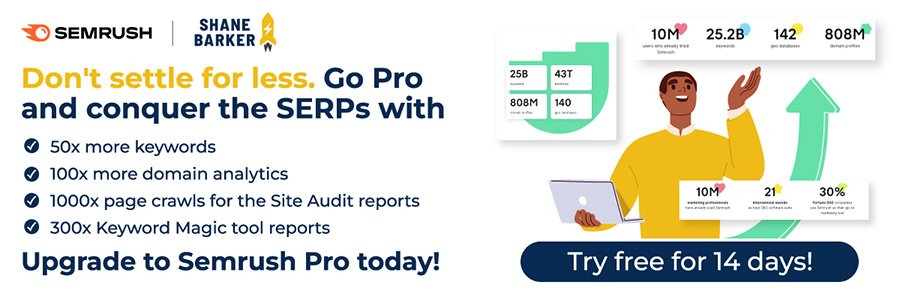






Related Articles
What is Digital Marketing? Everything You Need to Know
Best Blogger Outreach Tool – 21 Tools to Minimize Your Outreach Efforts
33 Free Google Marketing Tools for Marketers and Developers
22 Best Online PR Tools to Build and Monitor Media Relations
Digital Marketing for Startups: The Strategies to Use in 2024